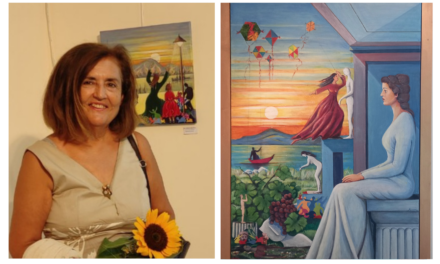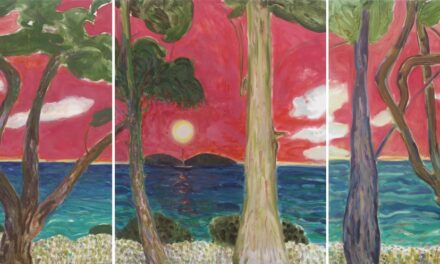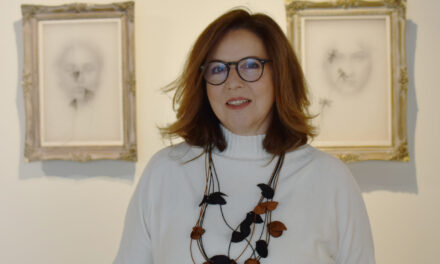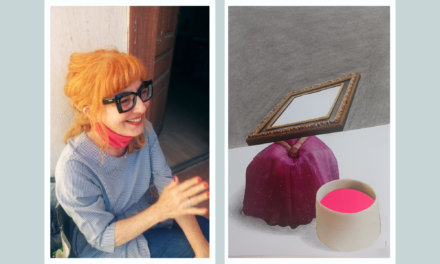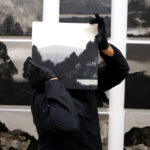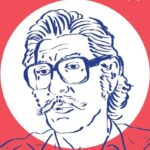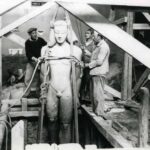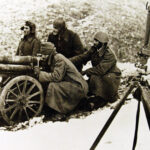Nikos Papadimitriou is a Greek visual artist focusing on human competitive nature and environmental awareness. His work vividly captures the emotional and ecological complexities of the natural world, offering a profound reflection on the pressing environmental challenges we face today.
His latest exhibition Off Balance, on view at Ekfrasi-Yianna Grammatopoulou Gallery, explores humanity’s complex relationship with climate change and man’s need for domination, power and control. Papadimitriou uses various materials and techniques to produce drawings, paintings, prints, sculptures, videos or installations. Each piece invites viewers to contemplate the fragile balance between human activity and the natural environment, serving as a powerful commentary on the urgent need for environmental preservation. Through his work, Papadimitriou calls for awareness and action.
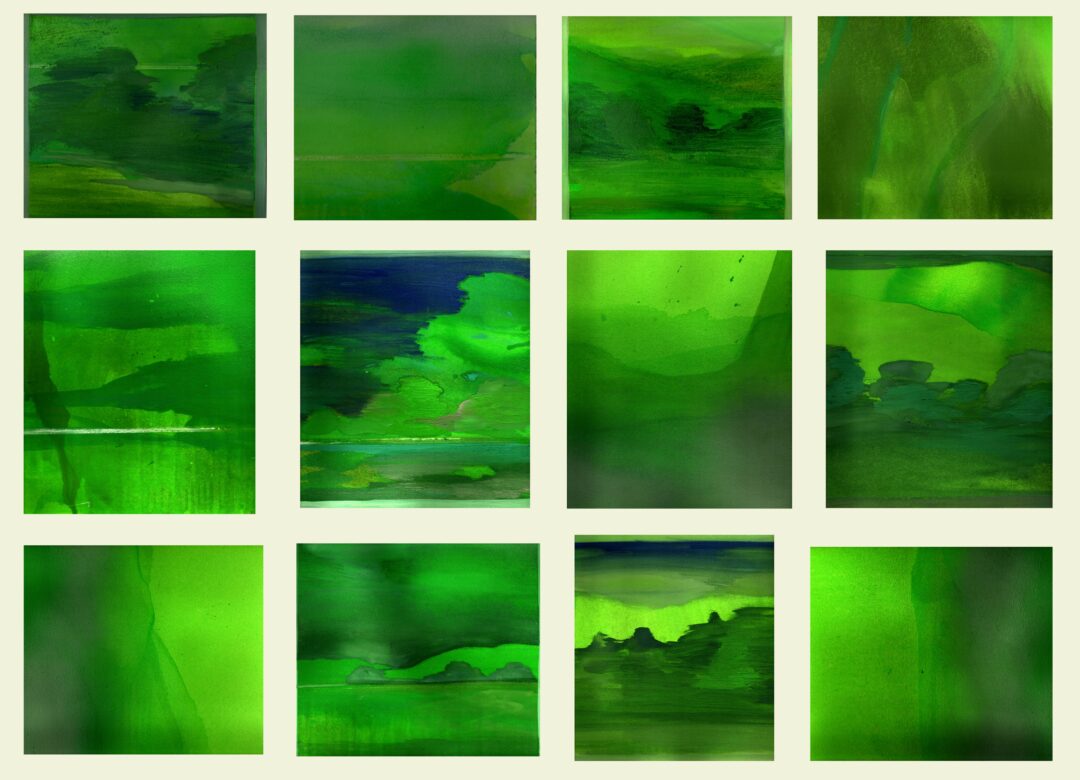
Nikos Papadimitriou was born in Chios. He studied painting and engraving at the Athens School of Fine Arts. In 1995 he studied at the Edinburgh College of Art on an Erasmus scholarship and in 2000 he graduated with a Master’s degree in visual communication from the Kent Institute of Art & Design. He has held 17 solo exhibitions and participated in many group exhibitions in Greece and internationally, including five Biennales (Sarajevo, Tel-Aviv, Prague, Istanbul and Athens). He is Assistant Professor at the School of Fine Arts, University of Ioannina. He lives and works in Athens and Ioannina.
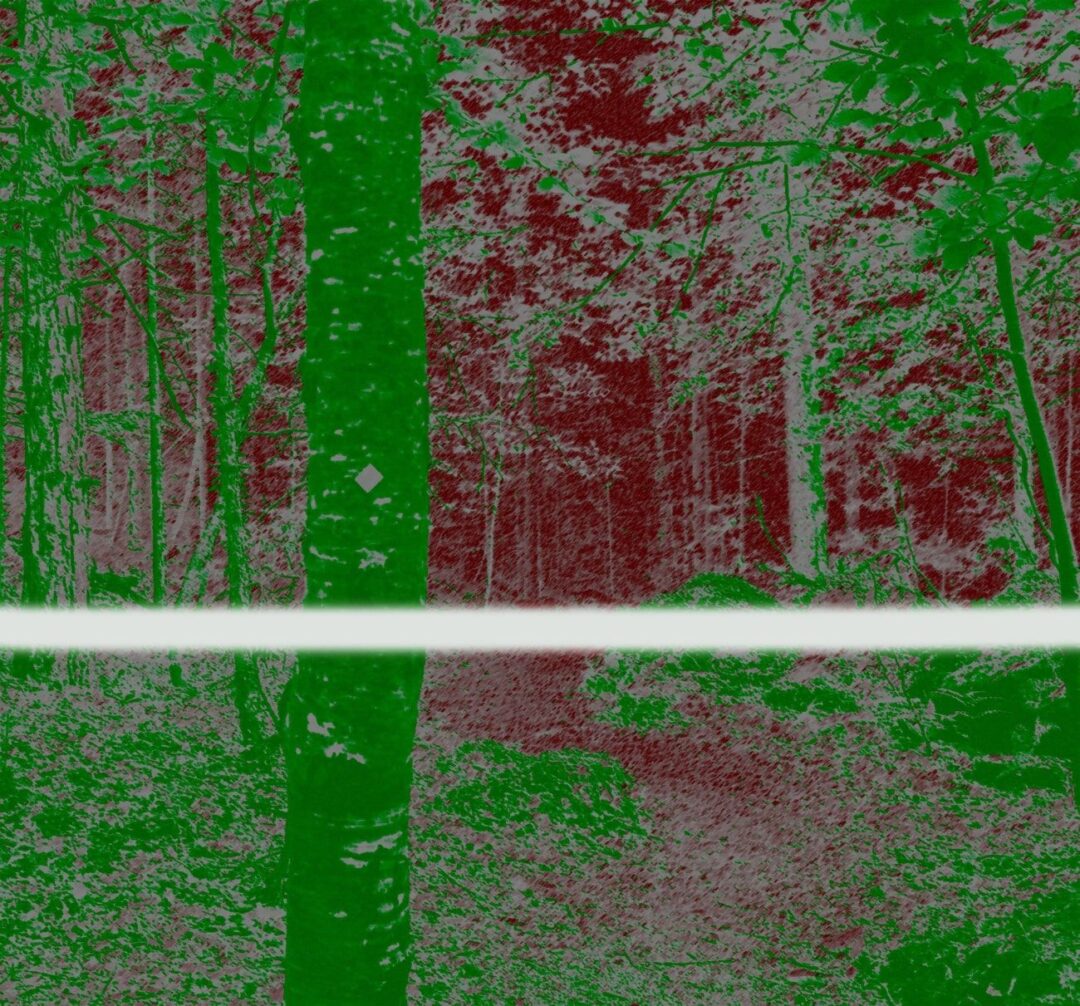
Nikos Papadimitriou speaks to Greek News Agenda* about his artistic quests and the competitive nature of human behavior.
What are the themes that concern you as an artist?
In my solo exhibition The First Universe, in 2005, I presented issues related to our perception of the physical space around us, through a series of linearly executed works (“mapping my house” series) which faithfully represented the interior space of my house as well as some objects of everyday use which, in the way they are painted, appear to be of utmost importance. According to Gaston Bachelard “The house is our corner in the world. It is our first universe”.
At that time, I thought that it was somehow logical and obvious to start the artistic quest from something you know well and are familiar with before moving on to other areas. “The memories of the outside world will never have the same connotation as the memories of home. By invoking the memories of home, we enrich ourselves in dream values.”
The house is a place of concentration and memory, a base of dreams, ideas and imagination. “Sometimes we believe that we recognize ourselves in time when, in fact, we recognize nothing more than a succession of adherences in the immobility of our existence, an existence that does not want to pass, that even, in the past, sets out on a search for ‘lost time’, it only wants to ‘suspend’ the fling of time. In its thousands of hives, space holds concentrated time.”
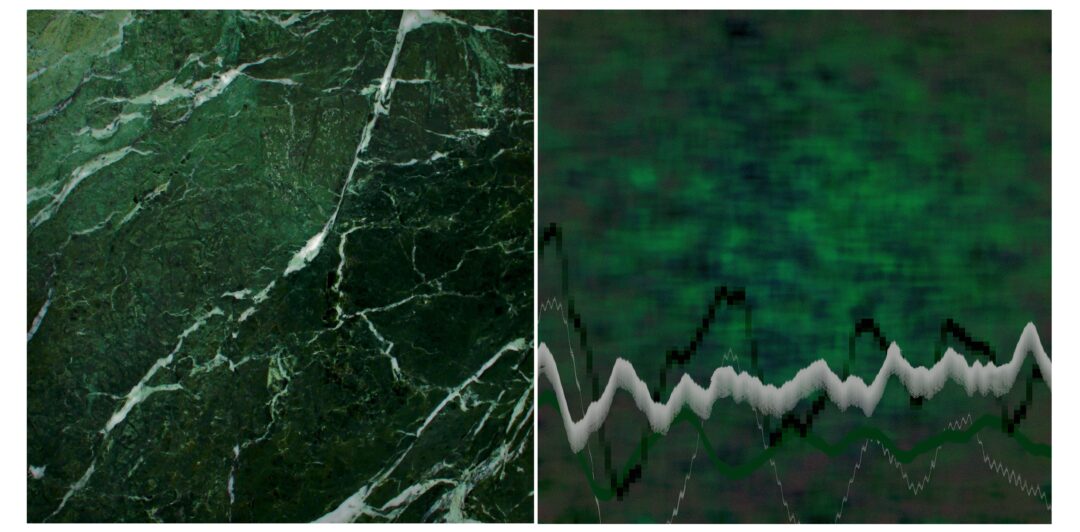
The artistic research that began in 2007 with the solo exhibition Gallery Trophy, where I am for the first time publicly raising the reflection on a thematic area that involves anthropological and sociological questions and concerns human competitive nature.
I turn the gallery into a tennis court at half its actual size in order to fit the space. Across the court, I hang a boar’s head, the trophy, a mixed media sculpture. This turns the “noble” space of Art into a stadium, a competitive field, which happens anyway but is highlighted in this installation.
Since then, I have often used stadiums in my work as symbolic spaces of a demarcated competitive field. Tennis, baseball, basketball courts, tartans or carpet courts have been dominant either as structures or installations or as depictions with a painting or printmaking approach since 2007 in my work. Human competitive nature, acquired or innate, runs through my artistic research over the last 18 years. In my latest solo exhibition in 2025, I focus on the competitive relationship between humans and the natural environment. A relationship, balanced in the past, that is necessary for our continuity as a species on the planet but has been disrupted by leaps and bounds, at least since the industrial revolution. This imbalance is at the core of my exhibition “Off Balance”.
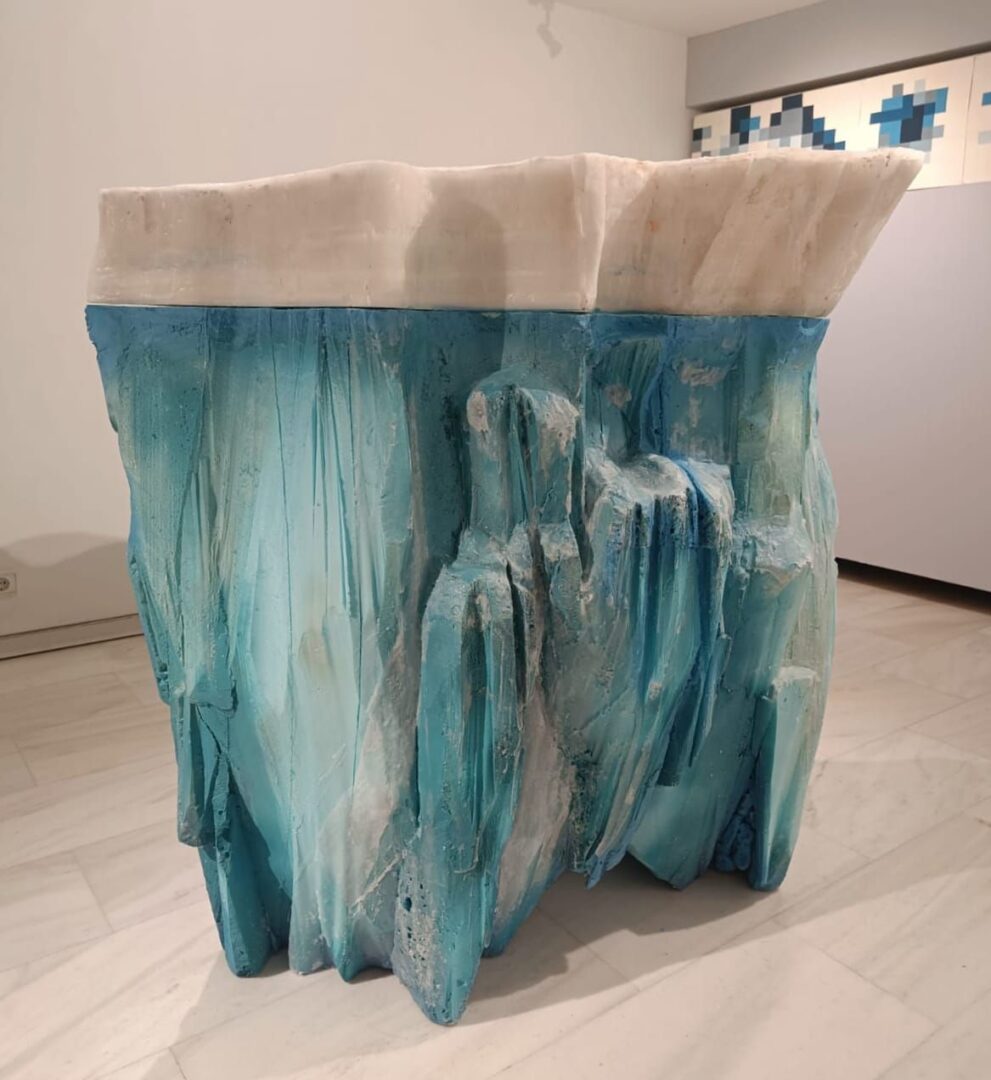
What is it that makes a work of art complete?
In terms of artistic and especially visual criteria, this is something that depends on the context and the rules set by an artist for their work. The criteria for judging whether a work is complete cannot be the same between artists of different eras or historical periods. But even in the same period, the object of research may differ. More specifically, representation is one thing and abstraction is another. For me, however, the completeness of a work is based on sequence, adherence and implementation of the rule. This rule is neither unquestionable nor natural. It is invented by the artist himself and should be devoutly observed. If this is the case, it will be visible and perceptible to the viewer in all forms of art or visual media.
You use various media and materials. How do you choose them each time?
I use all media or materials based on the idea that the medium must serve the concept. I use the term visual artist because I work with all the media and tools that can best serve a specific context.
The material, to a large extent, gives sense to the artwork. I could marginally argue absolutely. Especially in visual arts the material is, Ι would say, the signified, in the sense that in itself it bears a conceptual form. We would say that the material is the basic vocabulary of a visual artist and that with the right use of material, he is more likely to reach his goal. Of course, as I mentioned above, this is not the only rule.
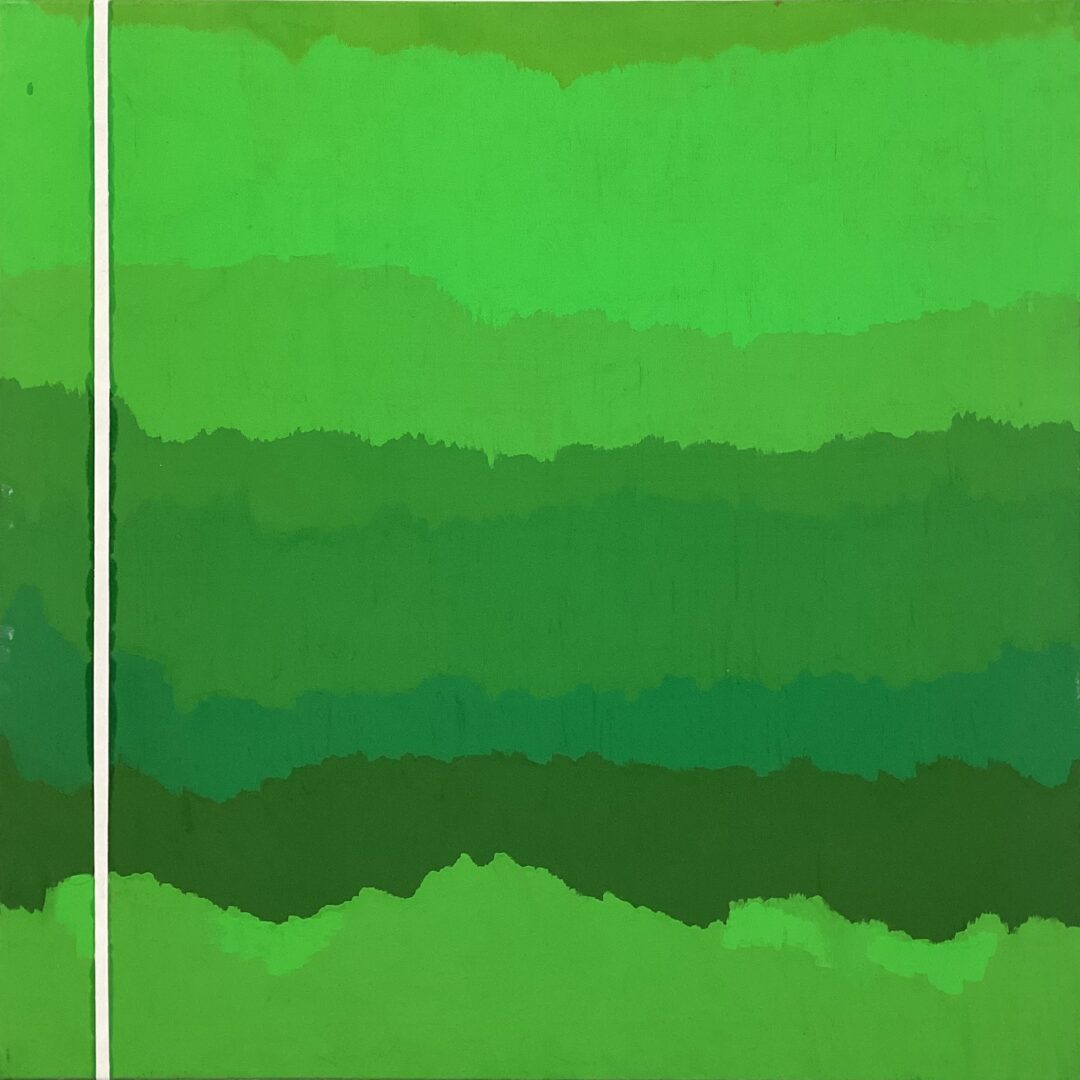
Would you argue that the new media are displacing figurative painting?
I believe that this is true, to a certain extent, given the plethora of options and means of expression. However, as far as I am concerned, painting is where everything starts. Even from pre-school age. Peter Greenaway or David Lynch, for example, started out as painters and became top directors; filmmakers, iconographers, just like painters. But, at the core, they remained painters. Their films proved it. The color, the composition, and the whole perspective are painting.
On the other hand, to make paintings today, and for this to make sense, one has to dig deep to be completely honest and relevant. Or rather contemporary, I would say. Because of the profound painting tradition in central Europe, this is what is happening today in Belgium, Germany, Netherlands. What is being produced is a new and interesting contemporary painting proposal. This is something that is not happening in Greece and there are many reasons for that.

Do you think art has the potential to raise awareness on social or environmental issues?
I think that Art cannot change things by itself. It can, however, make people think in a different way and create a framework for reflection. But action will come when society is ready and many different factors have evolved.
Your art focuses on competitive relationships. How do you perceive man’s relationship vis-à-vis nature and others in an increasingly “off balance” world?
I believe that there is a significant number of people who are aware and sensitive to issues of individual or collective violence, and social and environmental issues in general. What is important is the way they are represented and how their views are adequately promoted in the existing political and institutional framework. The internet and new technologies, for example, play a role in promoting these views. What remains an issue though, is the extent to which these views are adopted by the respective executive authorities.
*Interview by Dora Trogadi
I
TAGS: ARTS


